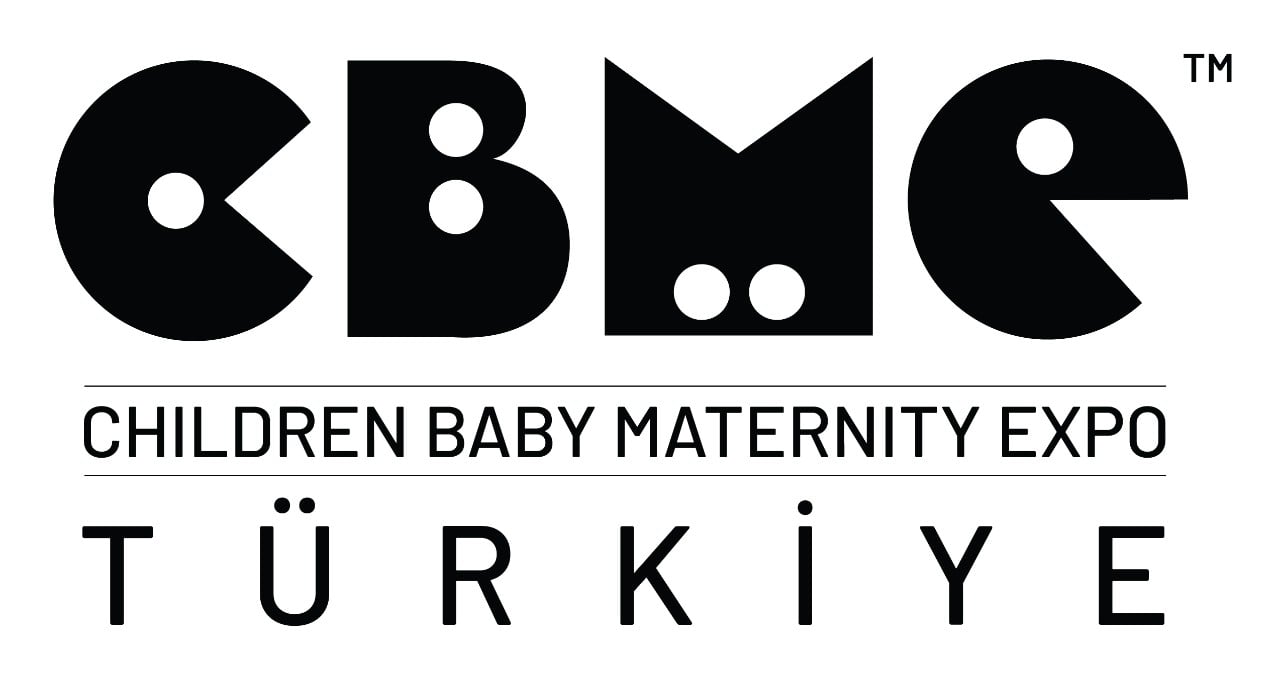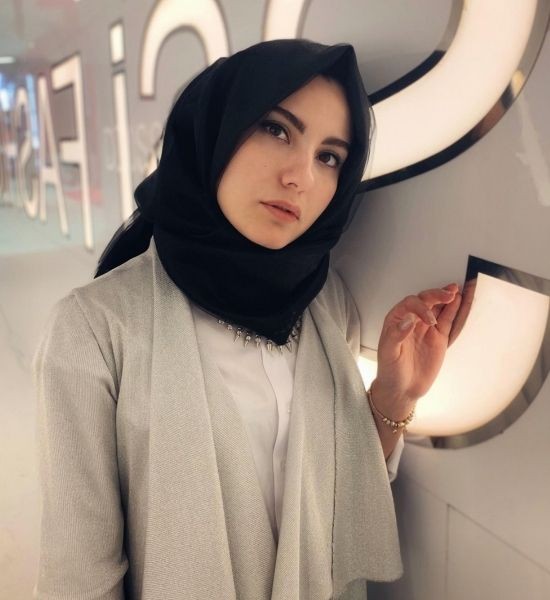CBME Turkiye | 11 - 14 December 2024
Venue | Istanbul Expo Center Hall 1-2-4-8
Visiting Hours | 09.30 - 18.30 (Wednesday-Friday)
09.30 - 16.00 (Saturday)
Interview Series with Kids Fashion Designers #1 Züleyha Dirlik
1-Could you tell us about yourself first, please?
Hello, My name is Züleyha Dirlik. I graduated from The Faculty of Fine Arts, Department of Fashion and Textile Design at Istanbul Aydın University in 2018. Thanks to the specialty course on fashion design, I attended after high school, I started my career at the same time as my undergraduate studies. First, I started designing a special capsule winter collection for women for a brand that manufactures haute couture. I worked as a designer, specializing in evening dresses and casual wear for women at a firm for 4 years. I work as a designer in a department that has a wide range, consisting of girls’ evening dresses, party, and special day dresses, i.e. elegant dresses for girls between the ages of 3 months and 14 years at a firm that manufactures girls’ wear. While continuing my career in children’s wear, I also study for a master’s degree at The Institute of Visual Arts at İstanbul Aydın University.
2. How did you start to design? What motivated you to create at the beginning?
As a matter of fact, I did not have a dream for such a career at the beginning of my education life. However, I realized later on that I never liked a dress completely and I always dreamed of different designs when I started to shop for clothing by myself. It was difficult to find the dressing style in which a person can express herself more comfortably during that period of transition from childhood to adulthood in my period because the design, produced for that transition age, I mentioned, was quite limited so I decided to design and sew my own dresses, thanks to the information support, provided by my mother being a women’s clothing designer. While realizing this dream slowly, I also started to attend special design courses to build my decision on a solid foundation. I received information on not only design but also on how to put the design into practice and the manufacturing process at these courses, I attended for two years. I decided to take this training that I received to a higher level and started university later and thus, I took the first steps for my career because I realized during this period that there was quite a large gap in the textile design business that I started to fulfill my needs and as a hobby and I am quite enthusiastic and talented in this field so “why not turn it into a career that I do it with pleasure,” I thought.
3. How did you tend towards children’s fashion? How did you improve yourself in terms of both education and experience? Which sources did you make use of?
Thanks to my costume design activities at my graduation fashion show, my university education that I graduated as the second-best student, and my couture evening dress experience, I was recommended to a girls’ wear firm as a designer by the head of my department, The Department of Fashion and Textile Design, in İstanbul Aydın University and also my thesis advisor. Since the girls’ evening, dress design attracted quite a good amount of interest and it was the best selling design of the firm at the exposition, CBME Turkey exposition, they participated in during my two month trial period at the company, I earned the trust of the company and started to work as a designer at a good position at that firm. Some girls’ evening dress designs I made for this firm were exhibited in various fashion shows. In addition, one of my girls’ evening dress designs, liked by the organizers of the fashion show was customized as the end of the show closing costume of 30 famous fashion models among whom was Bar Rafaelli and appeared in the fashion show. I can say that this kind of success and praise strengthened my decision to improve myself and move on in the children’s fashion.
4. Fashion is one of the fastest developing sectors every day. What do you think of current children’s fashion in Turkey? What do you think are our pluses and minuses, compared to the world?
Seeing that children’s fashion is growing and developing day by day in Turkey makes me proud. I think that CBME Turkey and Istanbul Kids Fashion expositions and also babies and children’s wear” young designers contest have a great contribution to this development. Contrary to popular belief, children’s fashion is quite a comprehensive, large sector. Despite having our designs in this sector and quite a large product range that addresses many different segments in Turkey, I do not find them sufficient when compared to the world. I think this sector will improve much more in Turkey as the number of such fashion shows and contests increases, more support for the works of the young designers and entrepreneurs is provided and also educational platforms are created in order to raise awareness for the children’s fashion sector.
5. Do you think that creativity, being different, originality or usability is important in design?
I think that the word ‘design’ is a synonym with creativity already. The designer definitely starts his/her design with creative ideas but the design does not have a meaning without adding some difference. However, when the textile design is in question, the order of priority and importance varies according to the field of the product you are designing. For example, if you are designing a costume, suitable for a scenario, you can make this order of priority and importance as creativity, being different, originality, and I can add the principle of usability at the end of the list because what is important and the purpose here is to attract the interest of the viewers through a different creativity concept. Even if a product that is hard to use comes out, this is the correct thing in terms of costume design. However, when children’s wear design is in question, the opposite is applicable. The most important principle of design here should definitely be
usability. We, as designers, should never forget our priority and for whom we design in children’s fashion. Of course, a designer should be creative, different, and original, the opposite cannot be thought of but when the
children are in question, our priority should be usability, functionality, and comfort, manufactured from raw materials, free of chemicals, considering the sensitivity of children’s skins and even ease of mind of their mothers. It is quite difficult to design, thinking in such great detail and you need to be creative. Being different and original when making children’s costumes and evening dress designs is more important in comparison to other children’s designs. Although we try to have this impact by using garments, not made of natural raw materials, we must pay special attention to use 100% cotton products for the inner linings, i.e. the garment which touches the children’s skin and not exaggerate the accessories which decorate the product. We should not forget that even such details could harm a child.
6. Can you tell us about the process of the creation of your collection? Where do you take inspiration from? How do you follow the trends?
Of course, there are various platforms and fashion shows that I also follow and shape the textile sector by giving inspiration to designers and determining the trends of the next year. I can say that WGSN is the best with its trend forecasts and training platforms. Textile and fashion expositions, fashion shows, and seminars in Turkey and the world are also quite helpful. The Inspiring Power of textile expositions on designers is truly undeniable. Still, this kind of platform and activities can only show designers the path that leads to the source of main inspiration during the preparation for a new collection. Inspiration is everywhere. Inspiration is in a book you have read, a movie you have watched, your trips in nature and historic excursions, a museum or gallery, even in the taste of the food you have had, in the texture of a surface you have touched, or a sound you have heard or music you have listened to. In addition, which age group you address, what kind of climate these people live in, the economic and cultural structure of the group you address to are the most important factors that should be considered in the design creation process of the collection. You blend the course you have inspired from with the trends of the year, taking this information into consideration, and select the color, texture, materials, and model. I work making use of sources like this and paying attention to what kind of segment I will address as well. However, I still think that what gives life to that collection is absolutely the inspiration that goes around you in every second of life and the accumulation of those pieces of inspiration you have collected without being aware.
7. Do you think that children’s fashion is related to children’s psychology? Do you think that separate training should be received in this field? For example, can we say that colors affect the psychological state of children?
I think that children’s fashion should definitely be related to children’s psychology and should be interested in it. We should not forget that children may have a different liking and thinking pattern than us, adults. I think the greatest mistake we make in the world is that the way we show them and the liking we impose on them, especially about clothing, is wrong. I see girls who are dressed completely in neon pink and told that they look like Barbie and boys who are imposed to adopt a rebellious clothing style through words of praise such as “you look more rebellious and stylish this way.” We should ask this to ourselves as adults: in which direction the psychological state of children who are dressed by giving subliminal messages would go? Do they really want to look and be like this or are we the ones who actually want this? We should not see children as decorative items or toys, we can dress and guide as we want. We should not fill their minds with this kind of guidance so that they become proper individuals who can make their own decisions in the future. As a matter of fact, children’s fashion is in a very sensitive place in this regard. I think that not only designers but also companies should receive short-term training that increases awareness such as seminars, in this subject from psychologist consultants and pedagogs who are experts in their field. The impact of colors is great but I do not approve of making sexist discriminations such as “pink is the color of girls” and “blue is for boys,” as they are reflected in the general sense or making generalizations such as “black is a gloomy mourning color.” As a matter of fact, colors being this strong in children’s psychology is completely a way of thinking we have reflected. I think that every human can wear every color and this does not affect the psychological state of children as long as they are used in the correct pattern, correct proportion, and tone in the design stage.
8. Pandemi period also affected the fashion and textile sector as it affected every sector. How do you think the “new normal” of children’s fashion going to be?
I think that the pandemic period had negative effects on children’s fashion the most. Many activities, schools, and children could participate in have been restricted, in line with the precautions to protect children from the virus. This naturally seriously reflected on children’s wear sales, arising from the fact that children not having any social activities outside the home. Since the environment, children are in, is restricted to the home or where activities in nature are held (I think this will be more restricted in winter) during this period, we can see that sales of sporty clothes and underwear for our need for natural living, made of comfortable knit fabrics are better than the other children’s wear categories. In this case, if we, as textile companies, produce these products using vegan garments which are more environmentally friendly and sustainable while tending towards these products in high consumption that emerged more apparently due to the existing pandemic in order to keep up with the change and protect our existing production and sales, we will be tırning this situation into an advantage in terms of pollution in the world. If we take a look at the children’s products that become too small and not used due to children growing fast and the allergic reactions children have for garments that are not natural, steps taken in “sustainable fashion” should definitely be the new normal for children’s fashion. I think that internet sales increasing due to pandemic have the most positive effect on children and their families, contrary to the situation in the children’s fashion. If we think of how tiresome and psychologically exhausting those long times, spent in stores in shopping centers are for both children and their families, I quite like this new situation. Frankly speaking, I would like this shopping situation to be continued after the pandemic to a certain degree. This way, both the families will have more quality time they will allocate for their children and children will be subjected to these behavior patterns due to this shopping frenzy. Maybe we can say stop to this “fast Fashion” craze a little and raise individuals who are more aware and do shopping in a more controlled manner.
9. What do you think of the relation between fashion and digitalization? Are you personally thinking of taking steps in this field?
It is a fact that fashion affects consumers through faster spread by using digital platforms and quite satisfies the brands who use this platform by providing fast sales and inexpensive advertising. I think that fashion being active on all digital platforms is quite beneficial for designers in terms of providing access to trend sources and environments that can give inspiration through fashion shows that they cannot attend to in person. I think
this digital world which is constantly improving, allows us to overcome the restrictions to compensate for the losses, the pandemic period has inflicted on the fashion sector and communicate in the fashion world in every sense. However, this digital fashion world also has some bad aspects as well. I think that fashion commercials, made with names who are phenomenal in digital platforms, encourage excessive consumption and cause persons to think that they can get into the personality they want to be through a few clothes and cause behavioral disorders that manipulate healthy thinking. Of course, the digital platform is a platform, I want to use when I think of taking new steps towards the future as a designer. Of course, I prefer to use it appropriately and at the right dosage.
10. What are your recommendations for those who want to be children’s fashion designers?
I would like to say that children’s wear is a field that is much harder and requires more sensitivity than the other fields of the sector. If you have career plans in this field as a designer, you should strive to read garment labels and their contents. In addition, you should pay attention to such details that the texture of the garment or the accessories you are going to use in the designs do not have a hardness that might cause irritation in the children’s skin and that these materials should be used in the right field if there is hardness and the outfit to be durable and their fits to be comfortable, and act accordingly. Children’s clothes are in quite minimal dimensions. Sometimes, the details and pattern divisions you add to designs are in quite small dimensions and designs that cannot be produced in mass production might come out. Therefore, you should make the design not only by imagining but also measuring centimeter by centimeter. They need to have good garments, patterns, and knowledge of knitting in order to design by paying attention to these important details. Therefore I recommend them to improve themselves in not only the fields of fashion and design but also all aspects of the creation process of design that I have mentioned.
Published Date: 8 October 2020
Sectoral Interviews #1 CBME China's Overseas Sales & Marketing Director Alicia Chen
Our first guest is the Overseas Sales & Marketing Director of CBME China - which is under CBME brand portfolio - Ms. Alicia Chen. She answered 6 of our questions about the new digital development at their show.
CLICK HERE TO READ→
Sign-up our monthly "Trend Newsletter" to be always updated.
Subscribe to CBME Turkey's monthly "Trend Newsletter" to always stay up-to-date with news and trends in baby & children products sector.









